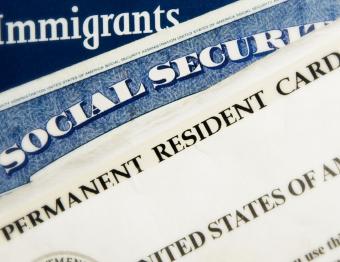Citizenship & Civic Engagement
Citizenship & Civic Engagement
Recent Activity
Recent Activity
Articles
December 14, 2015
Citizenship came under fire in new ways around the world in 2015, with attempts to both restrict who is eligible to become a citizen and who can be deprived of citizenship. Driven by fears of international terrorism, a number of countries proposed or passed legislation making it easier to narrow citizenship and broadening the range of offenses for which individuals can be stripped of their citizenship.












Danger Ahead for Aspiring Citizens as New Federal Workforce Law Is Implemented